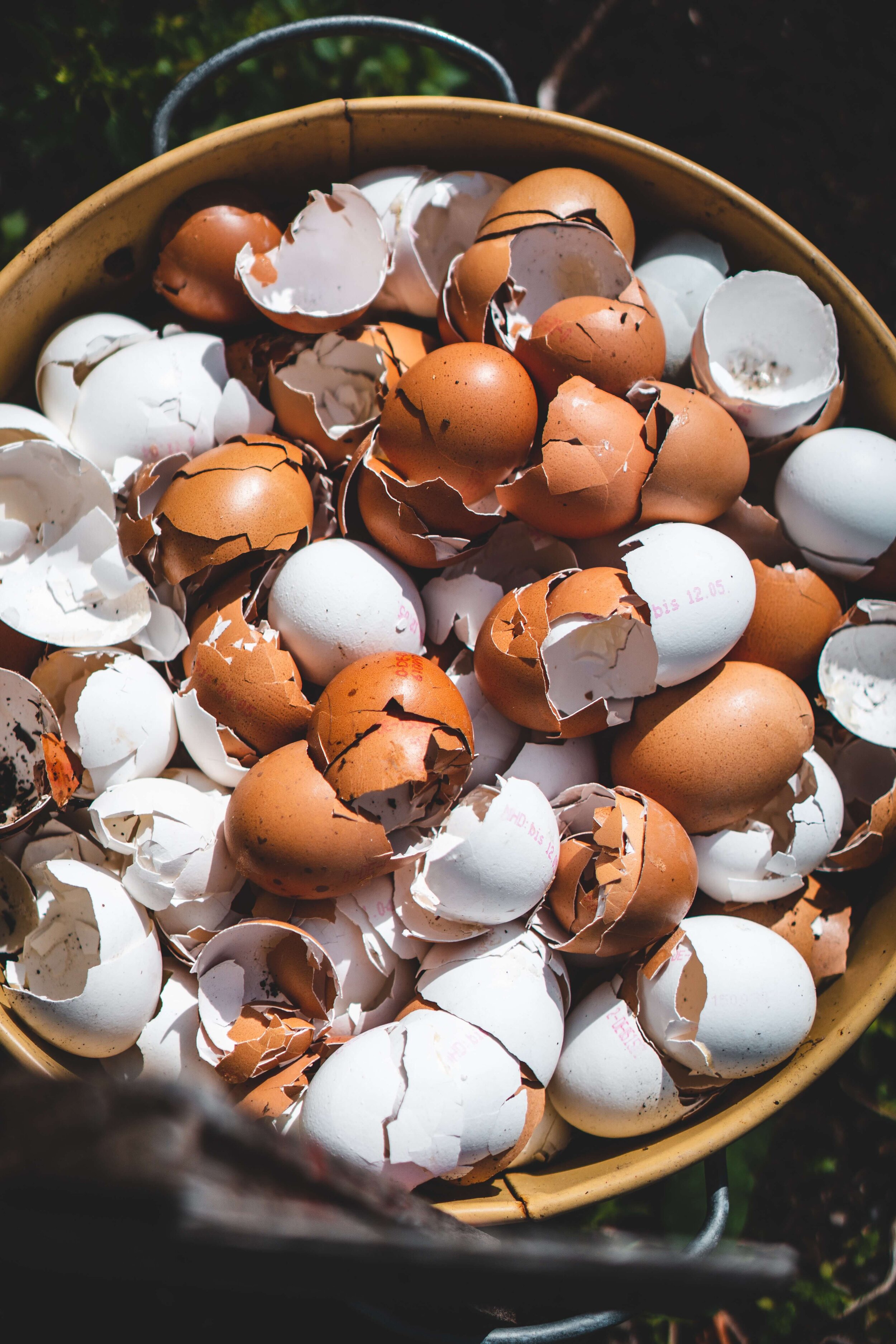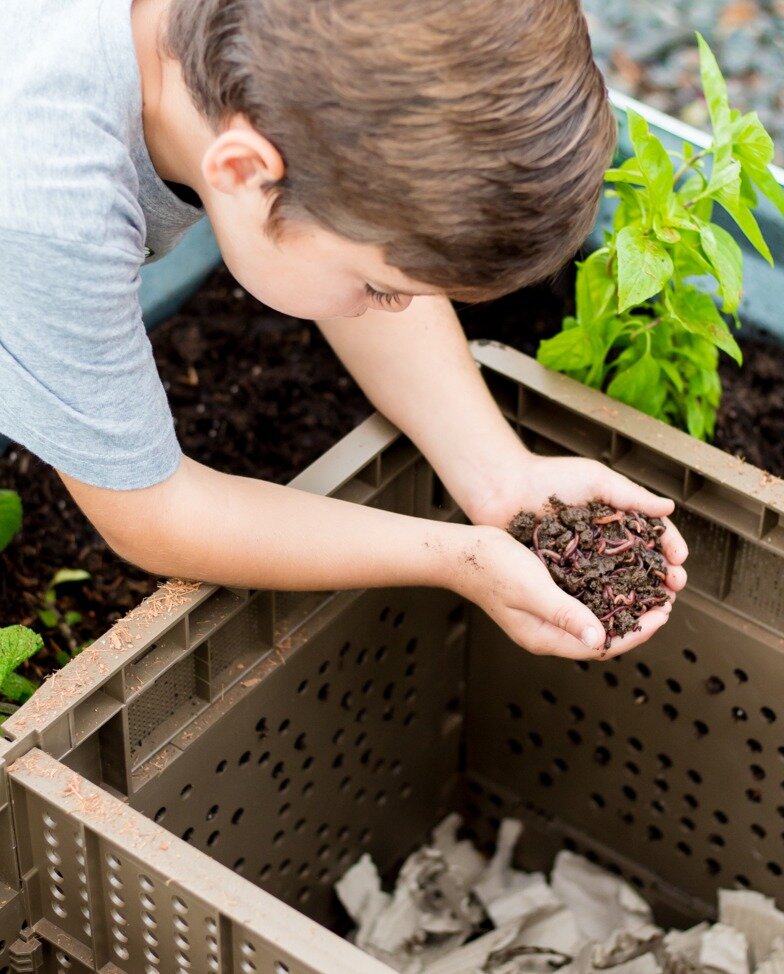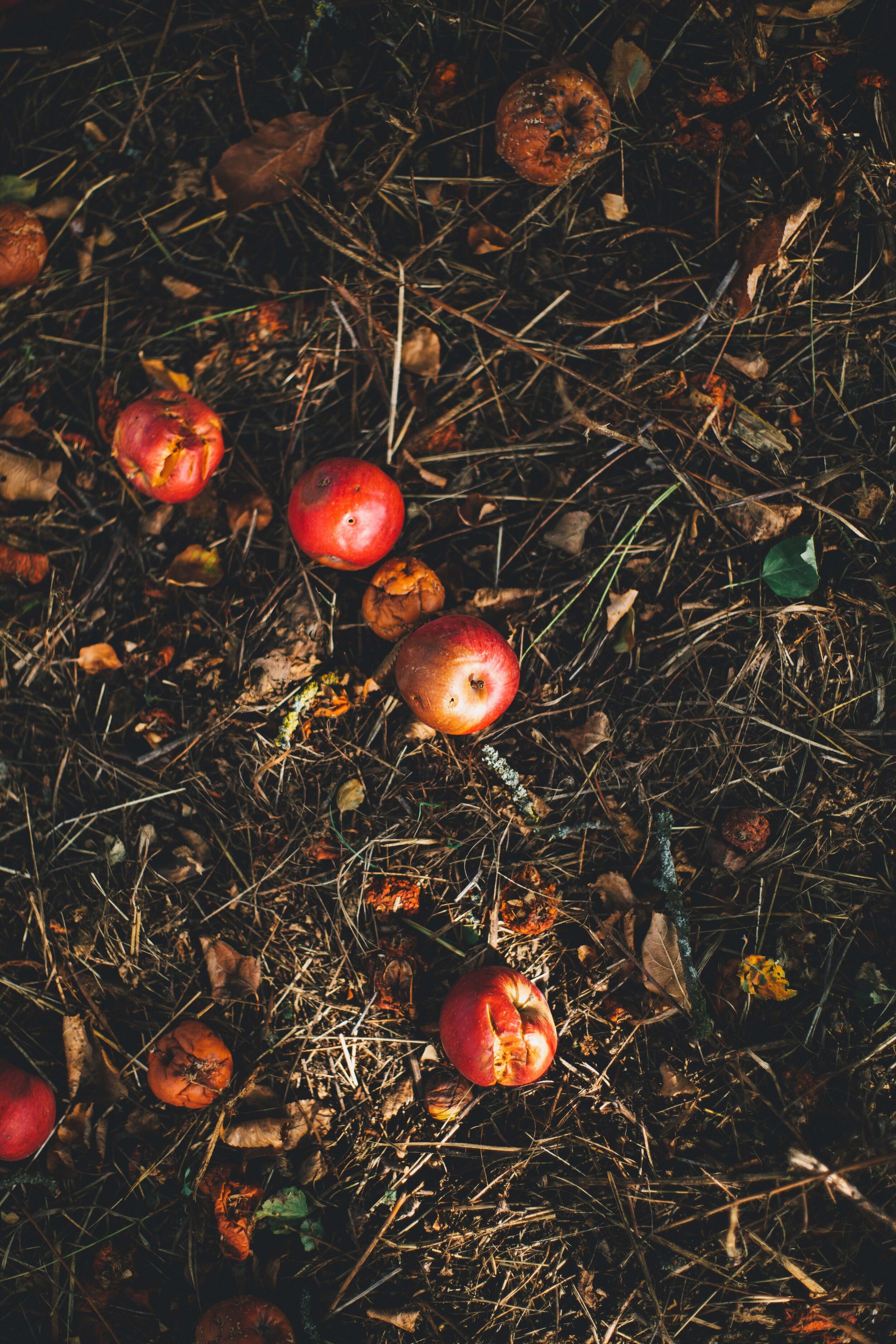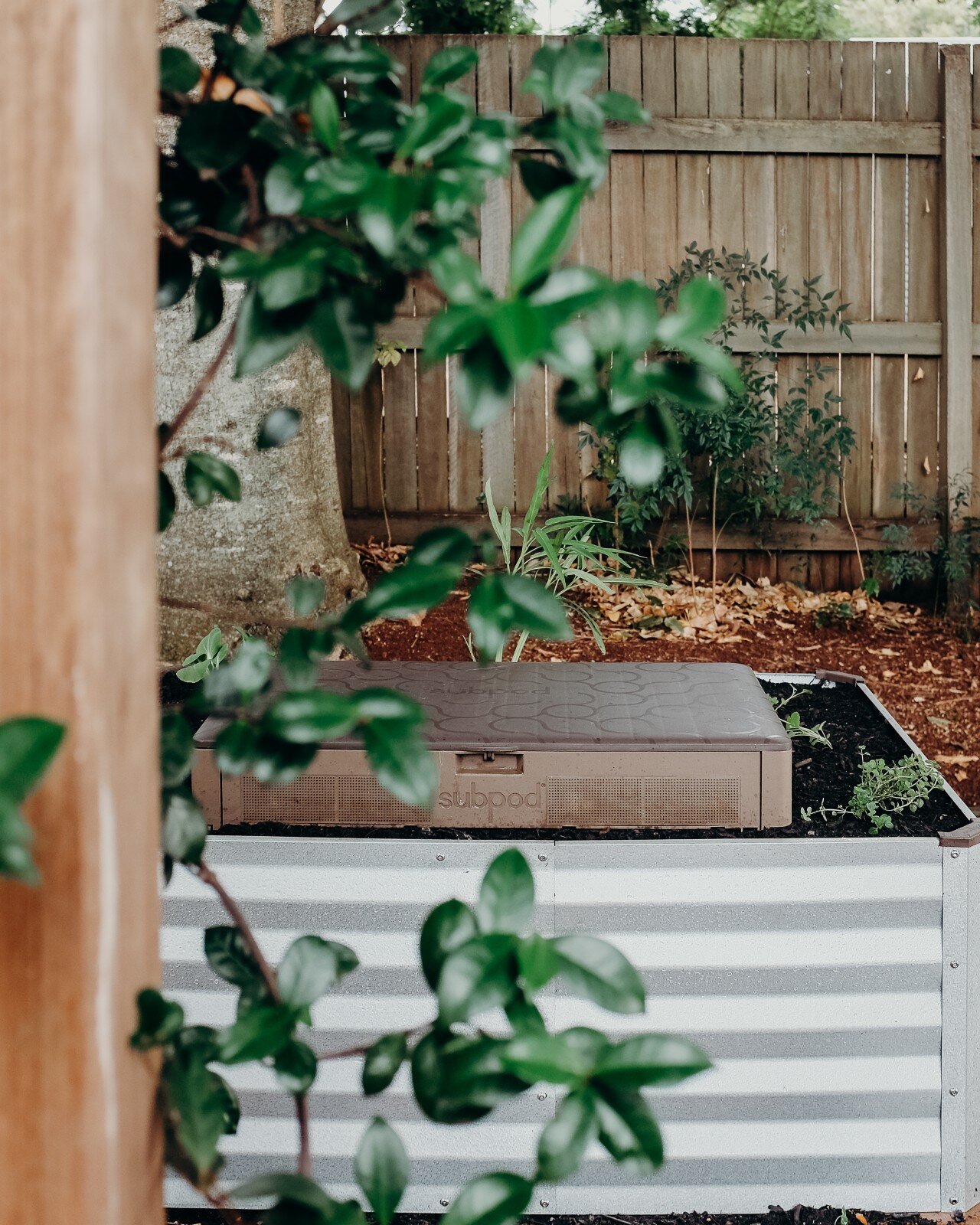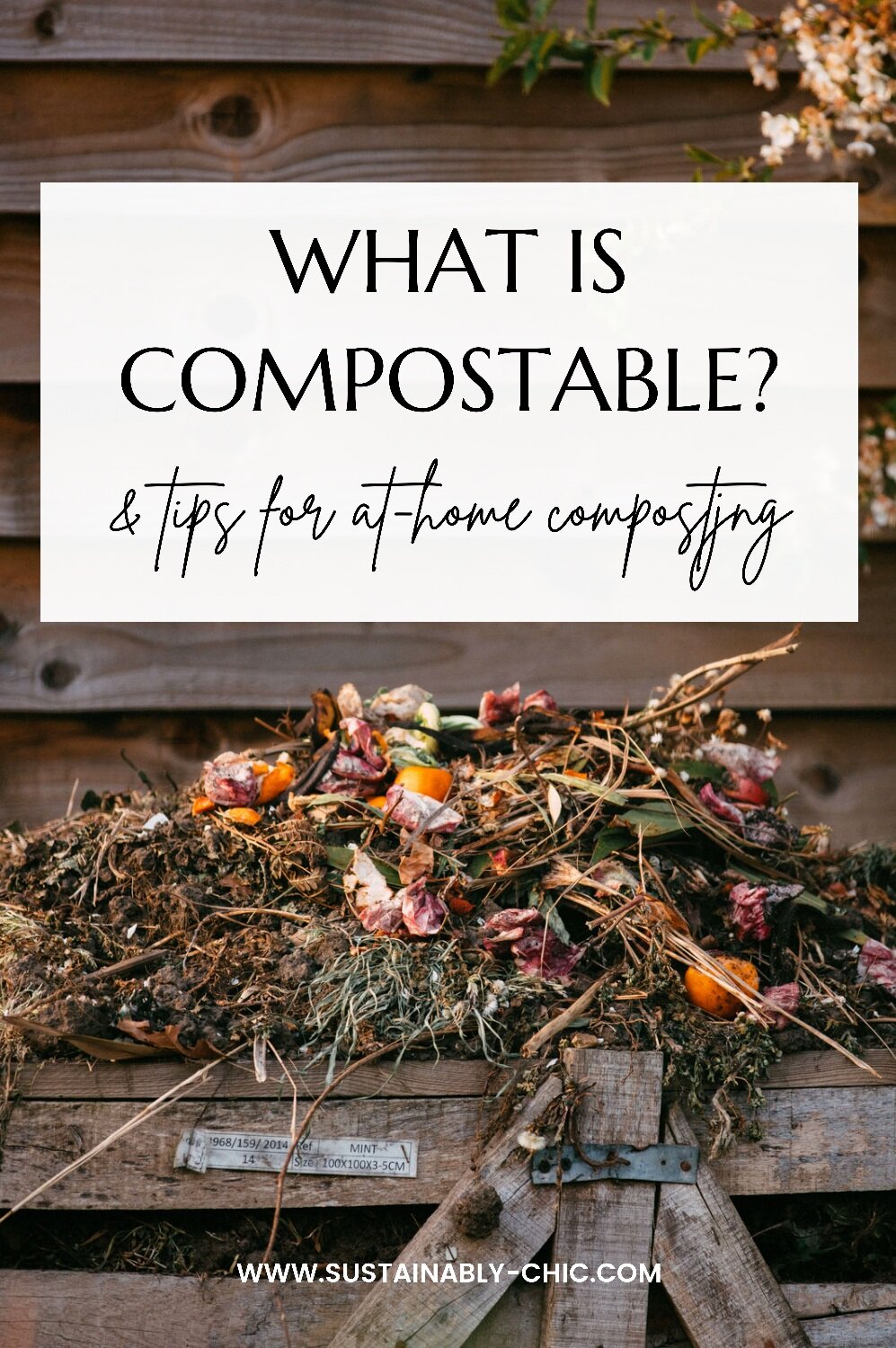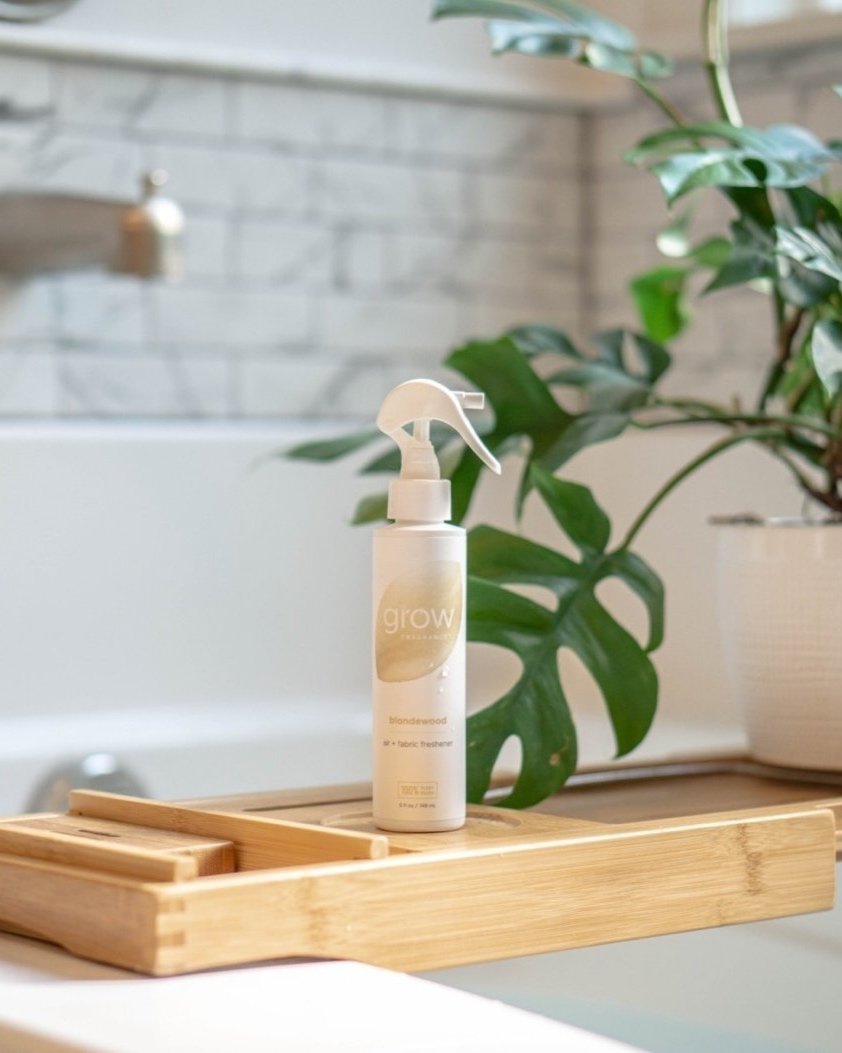What is Compostable? & Easy Tips for Composting
All About Composting and What Can & CanNot Be Composted
When you’re looking for ways to live a more sustainable lifestyle, many people look to composting as a way to make the most of their waste. This raises the question, what is compostable? There are dozens of daily household items and food scraps that can be composted, but before we get into that, let’s make sure we know what composting is.
What is Composting?
To define it simply, composting is the natural process of breaking down and repurposing organic waste. The breakdown of the waste is done through micro and macro-organisms like bacteria and earthworms. Once the matter is broken down, the compost can be used as an organic fertilizer in gardening to help enrich the soil and naturally deter harmful insects and weeds. Compost is a natural and cost-effective way to enhance the earth around you, which we are all about!
So, how do you form a proper and healthy compost?
To ensure your compost mixture is balanced with the right amount of nutrients, you will want to combine components high in carbon and nitrogen. Carbon materials, often referred to as “browns,” can be yard scraps like leaves, mulch, cardboard, and paper. Nitrogen materials, often referred to as “greens,” can be food scraps like carrots, onion skins, banana peels and coffee grounds. Typically, the compost will create enough moisture on its own, but adding some water may be necessary if you live in a particularly dry and hot climate. The ratio of materials is also very important. The 30:1 ratio is ideal, 30 parts carbon/browns to 1 part nitrogen/greens. The easiest way to tell what your compost needs is by looking at the consistency. If the pile is looking slimy or has a strong odor, add more browns. If it is looking dry and hard to mix, add more greens.
You can host your compost in an outdoor pile, tumbler or indoor bin. There should be no odor when properly balanced, so no matter what type of home you have, you can have a successful compost.
Vermicomposting or Traditional Composting?
You can decide between vermicomposting aka composting with worms, or traditional composting without worms. Keep in mind; the composting process is not an overnight success. It takes at least six months for the materials to break down into a soil texture and at least another six months to properly mature to “black gold” status. With vermicomposting, the compost is created faster, usually approximately half the time. However you do it, it’s rewarding to repurpose your household scraps and yard waste, so it is worth the effort!
Composting is a great way to reduce your household waste while helping the planet. This list is not exhaustive but provides a good base for what you can save from being sent to a landfill. Since landfills do not separate organic matter from inorganic materials, compostable waste does not get the opportunity to break down properly.
image from Subpod
Here is a list of common items for both carbon and nitrogen materials that you most likely already have in your home:
Carbon “Browns”
Leaves
Mulch
Newspaper
Brown paper bags
Uncoated cardboard
Sawdust
Straw
Egg shells
Parchment paper
Wooden skewers
Chopsticks
Grease-free paper towels
Unbleached coffee filters
Grape stems
Stale or expired dry goods (Ex: dry rice, pasta, cereal, granola, bread)
Natural fiber clothing (Ex: cotton, hemp, linen. No blends!)
Cotton balls
Pencil shavings
Human hair
Animal fur
Nitrogen “Greens”
Non-acidic fruit peels (Apples, bananas, mangos, plums)
Vegetable scraps (Potatoes, carrots, cabbage, lettuce)
Corn husks
Coffee grounds
Grass clippings
Expired jams or preserves
Tofu
Beans
Expired condiments (avoid excess of tomato based products)
Deadheaded flowers
It is also just as important to know what types of things should NOT be composted
You should avoid any grease, oil or butter. This will only attract pests and offset your moisture ratio. Other food groups to avoid are animal products like meat, dairy, and bones. These foods ferment, attract animals, and will not break down, especially if you have worms in your compost pile. Do not add anything with chemicals like blended fabrics, glossy paper, treated wood, metal or plastics.
Composting is a great way to familiarize yourself with what materials end up sitting in landfills and unable to break down completely. For example, if you have to throw away tea bags because they cannot be recycled or composted, make the switch to a loose leaf tea or one with fully compostable packaging. Awareness is half the struggle when it comes to caring for the environment; the next step is making the conscious choice to find alternatives. It is also important to be aware that even though product packaging says it is compostable, this can sometimes be only only with an industrial compost setup, not your home compost. This is especially common with bioplastics like compostable plastic cutlery or single use products. If put into your home compost, these bioplastics and materials will not fully break down. However, you can find a local industrial composter using this website, Find a Composter.
Interested in composting at home?
Subpod is a below-ground vermicomposting option that has dual chambers, smell-proof, pest-proof and effective at creating and maintaining the perfect compost. The Subpod mission is to make composting part of daily life with their easy to use system and of course, their packaging is home compostable!
About the Contributor
Karmen Flores is a creative entrepreneur based in Michigan. Karmen shares all about plant-based and sustainable, intentional living on her blog Karmen Collective. From recommendations for all things plant-based to tips for living more sustainably, Karmen makes living with intention less intimidating and more accessible. You can connect with Karmen on Instagram @karmencollective and at www.karmencollective.com.
PIN THE PHOTO TO SAVE THIS POST FOR LATER
We are constantly updating blog posts to give you the best in sustainable fashion, beauty and lifestyle.
This post contains affiliate links.
As always, views are genuine and brands are truly loved.
Thanks for supporting the brands who are working to make this industry a fairer and cleaner place!
WANT MORE? VISIT OUR SUSTAINABLE BRAND DIRECTORY!
Our Brand Directory is home to hundreds of sustainable brands, from makeup to cleaning supplies, from underwear to shoes. We have broken everything down by category for easy shopping, along with discount codes unique to Sustainably Chic viewers.

